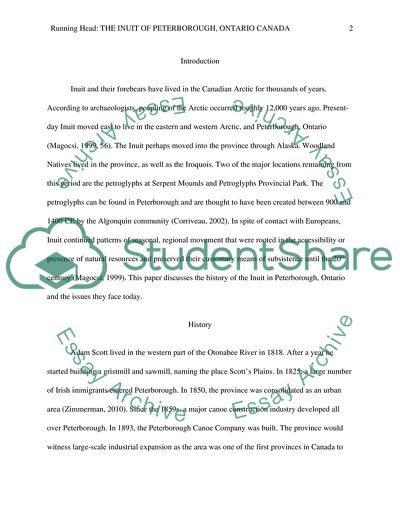Cite this document
(The Inuit of Peterborough, Ontario Canada Research Paper, n.d.)
The Inuit of Peterborough, Ontario Canada Research Paper. Retrieved from https://studentshare.org/history/1831588-discusses-the-indigenous-people-who-inhabit-the-village-town-or-area-where-you-live-currently
The Inuit of Peterborough, Ontario Canada Research Paper. Retrieved from https://studentshare.org/history/1831588-discusses-the-indigenous-people-who-inhabit-the-village-town-or-area-where-you-live-currently
(The Inuit of Peterborough, Ontario Canada Research Paper)
The Inuit of Peterborough, Ontario Canada Research Paper. https://studentshare.org/history/1831588-discusses-the-indigenous-people-who-inhabit-the-village-town-or-area-where-you-live-currently.
The Inuit of Peterborough, Ontario Canada Research Paper. https://studentshare.org/history/1831588-discusses-the-indigenous-people-who-inhabit-the-village-town-or-area-where-you-live-currently.
“The Inuit of Peterborough, Ontario Canada Research Paper”, n.d. https://studentshare.org/history/1831588-discusses-the-indigenous-people-who-inhabit-the-village-town-or-area-where-you-live-currently.


